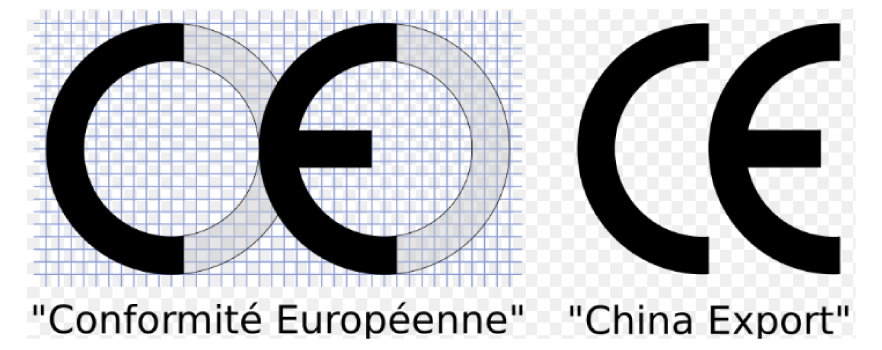CE MARK
What is CE Marking? What does it mean?
CE marking: is the abbreviation of Conformite Europeenne.
It means European conformity.
The CE marking is the health and safety marking applied within the framework of the "New Approach” established by the European Union in 1985 to simplify and generalise legislation on the technical structures of products in order to ensure full free movement of goods.
It should not be confused with the ChinaExport sign.

The legislation on CE marking is European Union legislation and is also valid in Turkey through the Customs Union agreement,
The legislation on CE marking is European Union legislation and is also valid in Turkey through the Customs Union agreement,
the Regulation is referred to as the Building Materials Regulation and is briefly referred to as CPR in the technical documents,
the standards subject to CE marking under CPR are harmonized standards; that is, the standards accepted and implemented jointly by all European Union countries.
Harmonized standards are defined in Article 19 of the CPR and enter into force in all European Union countries (including Turkey) when published in the Official Journal of Europe.
For products subject to these harmonized standards, CE conformity assessment process is carried out in accordance with the procedure stipulated in the standard and then CE labeling is required by the legislation, CE labeling is NOT optional for these products.
Unmarked products CANNOT BE PLACED on the market, the European Union has envisaged tighter "3rd party" (such as TSE) inspection only in critically important products and less "3rd party" inspection in low-risk products by mitigating the application of "product evaluation" which was previously bureaucracy and costly with CE labelling.
Thus, it aimed to reduce the inspection burden of the administration, to reduce the costs of the manufacturer and to prevent the products from being stuck in Customs due to additional inspections during the circulation between European Union countries and to accelerate trade.
